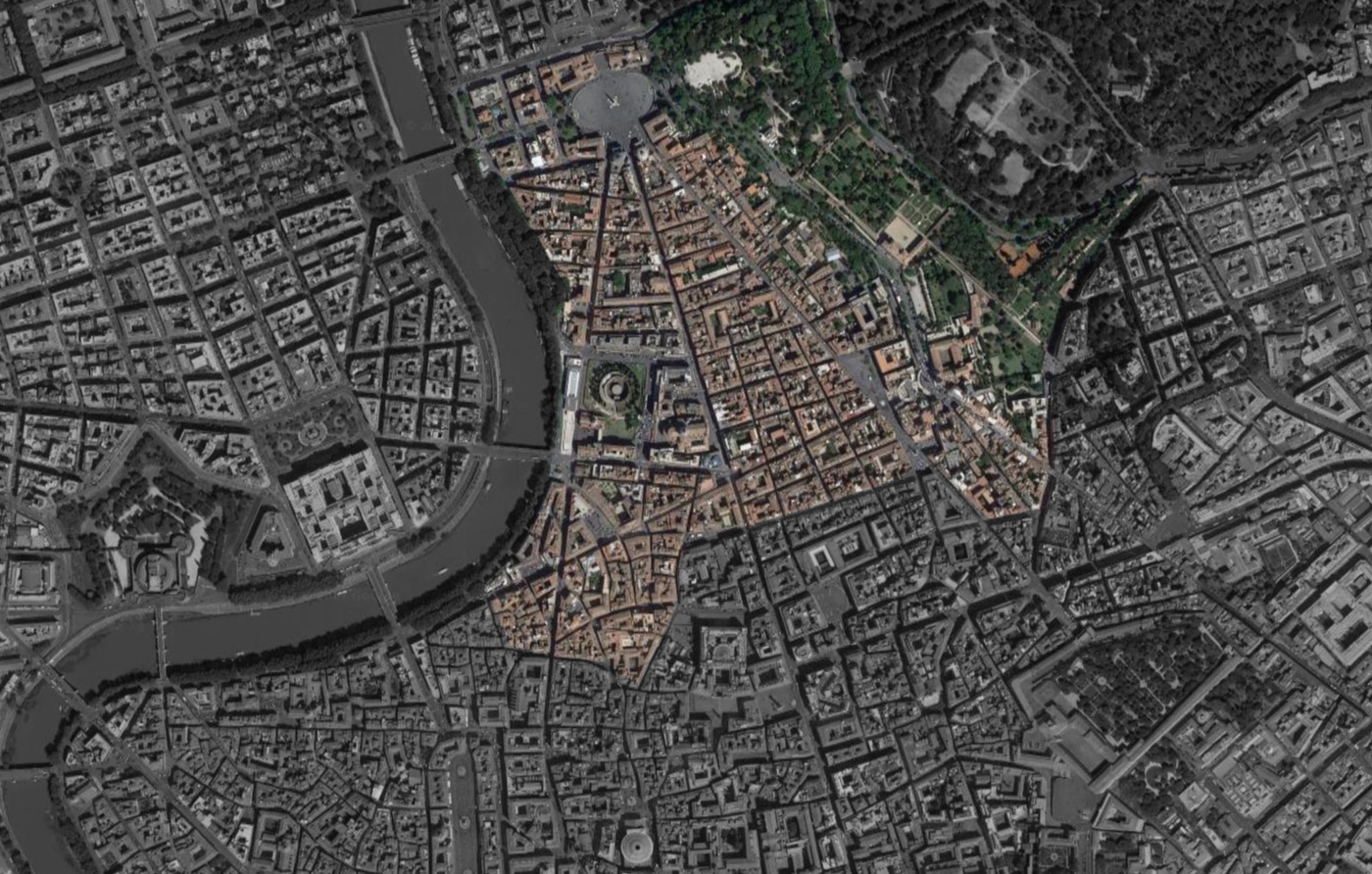If we had to choose a neighborhood to go to to see a large number of Rome's tourist attractions in one go we should undoubtedly focus on Campus Martius. The fourth district of Rome which extends over a vast area between the Capitoline Hill, the Quirinale, the Pincio and the Tiber boasts many monuments, streets and works of artistic value which made the capital great and famous throughout the world. A visit to Rome cannot therefore be considered complete without stopping by here and enjoying it a calm walk.
A bit of history of the fourth district of Rome
The name of the district derives – and who would have thought – from Campus Martius that is, the Field of Mars of ancient Rome. What it was? It was a vast flat area north of the Capitol located outside the city limits (until 275 BC) and dedicated to the god of war because military and sporting activities took place there in the Republican era. It was also an area rich in sacred buildings dedicated to the cult of oriental divinities and where they took place (precisely because in the area extra moenia) meetings with foreign ambassadors. With the imperial age the borders were redefined and a process of strong urbanization of the area began with the construction of gyms, theatres, temples and public buildings of various kinds. In the Augustan era there was the maximum artistic-architectural splendor of Campo Marzio with the construction of the basilica of Neptune, the baths of Agrippa, the Statilio Tauro amphitheater, the mausoleum of Augustus, the sundial Horologium Augusti, theAra Pacis, the Stadium of Domitian, the Pantheon and the Theater of Pompey to name just a few.
During the Middle Ages Campo Marzio was the most populous area of Rome thanks to its proximity to the river and the water crisis of the period but it was in total abandonment while during the Renaissance thanks to the various Popes it was the area of the city that saw the most changes and transformations at an urban planning level. In fact, in the fifteenth century Pope Paul II arranged the Via Lata, making it free and straight, which took its current name of Via del Corso; In 1518, Leo Then construction by private individuals and aristocratic families also began. Any examples? Villa Medici, Palazzetto Zuccari, Palazzo Borghese.
Some legends about Campo Marzio
According to tradition at the Palus caprae (i.e. the goat swamp) Romulus ascended to heaven, the first king of Rome who was deified with the name of Quirinus (hence the Quirinal, dedicated to him) while then Tarquinius Superbus took possession of the area using it for private purposes for his wheat cultivations. It is rumored that some sheaves of grain coming from Campo Marzio and thrown into the Tiber at the time of the expulsion of the king (very little loved by the people!) gave life to theTiber Island.
The coat of arms of the Campo Marzio district is another mystery: it is a silver crescent moon on a blue background but its origins remain unknown.
The main attractions of Campo Marzio
Campo Marzio deserves a whole day to fully enjoy all the beauties and take a relaxing walk between history and modernity. You can start from Piazza del Popolo to go up to the park Pincio where you can admire the view of the city and then go down to walk the trident of luxury shopping (via Frattina, via del Babuino, via di Ripetta), admire the artisan shops in via Margutta, run across via Condotti until you get to Piazza di Spagna with the Trinità dei Monti steps, Via del Corso Where dedicate yourself to shopping in large clothing chains and stop in all the side streets until you reach theAra Pacis et al Mausoleum of Augustus to Piazza Augusto Imperatore.
A stop by 'Taste that's what it takes for eat in the heart of Campo Marzio sampling top-notch food and sipping a cocktail under the arcades, immersed in the ancient history of our city.





